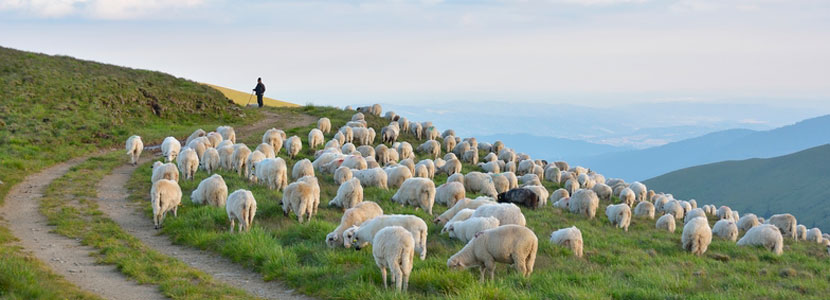 12 Oct 2022
12 Oct 2022
Cattle grazing is one of the the most widespread types of land use on Earth. However, this activity can alter both biodiversity and ecosystem functioning.
An international team of researchers, led by the Rey Juan Carlos University (URJC), carried out a study with the aim of identifying the role of cattle grazing within ecosystem dynamics. Where they have found that this activity represents a significant regulator of biodiversity and ecosystem functioning in the upcoming years.
This piece of research, which has been published in the journal ‘PNAS’, suggests that increasing the diversity of grazing herbivores in the field while maintaining similar levels of population density can enhance the biodiversity and functionality of grazing ecosystems.
Grazing is one of the most widespread methods of livestock production, affecting more than 25% of all land emerged, and plays a fundamental role in food production, especially important in developing countries.
Materials and Methods
To conduct this study, the researchers conducted a five-year field experiment in one of the largest and most grazed grasslands on earth, in northeastern China, in collaboration with Northeast China University.This long-term grazing experiment was initiated in 2008 with a randomized block design. Six sites (blocks) were selected. Each site was divided into four plots. Four grazing treatments were randomly administered amongst these:
The same livestock biomass per unit area was applied in all of the grazing treatments to control grazing intensity while testing the effects of livestock diversity on biodiversity and ecosystem function.
Researchers used DNA sequencing techniques and evaluated the effects of grazing from a single species (cows or sheep) and mixed species of cattle (cows and sheep) on the biodiversity of plants, insects, soil microbes and multiple ecosystem functions.
Results
To read full article follow the link below
Source : Abstract taken from “Diversifying livestock promotes multidiversity and multifunctionality in managed grasslands”
Subscribe now to the technical magazine of animal nutrition
AUTHORS
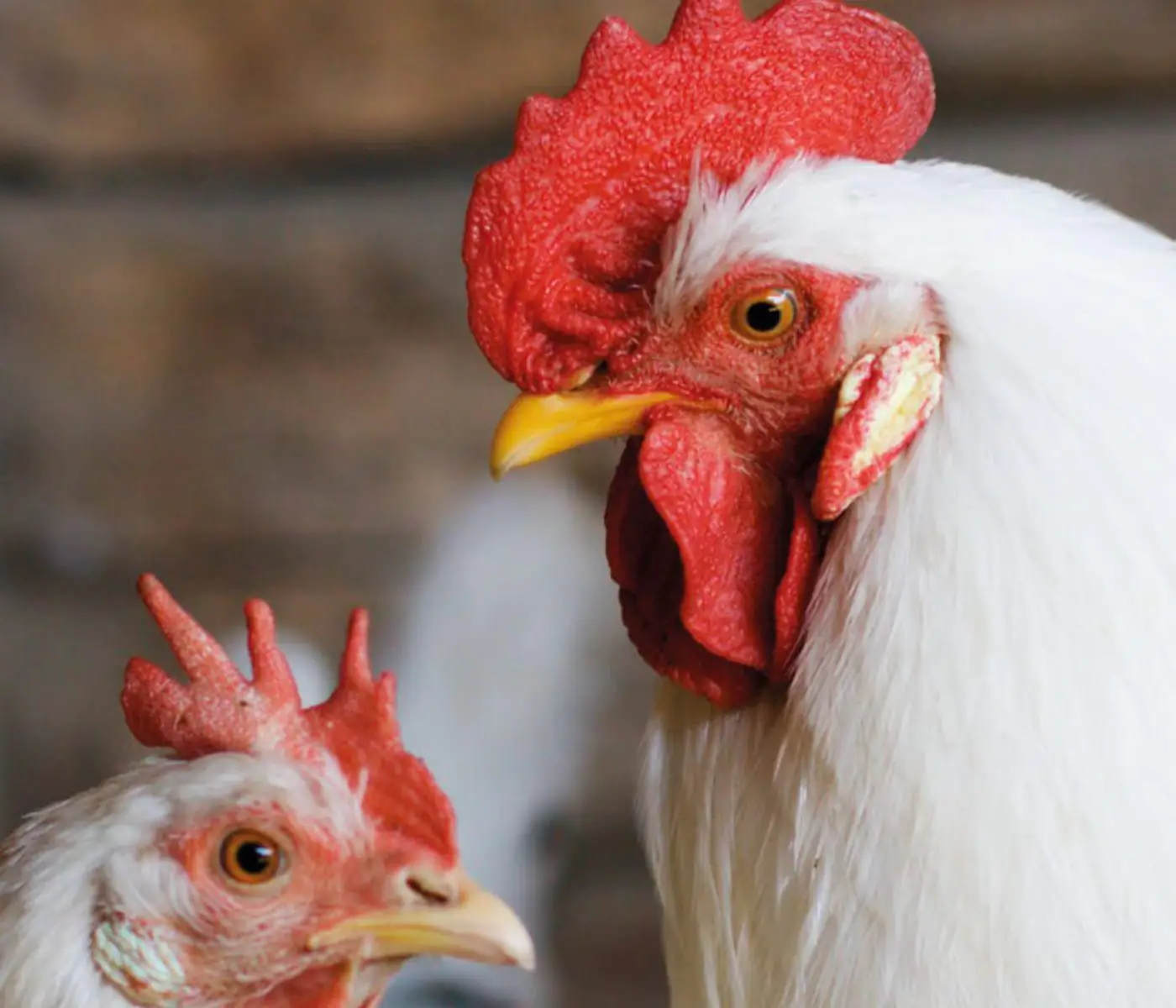
Nutritional Interventions to Improve Fertility in Male Broiler Breeders
Edgar Oviedo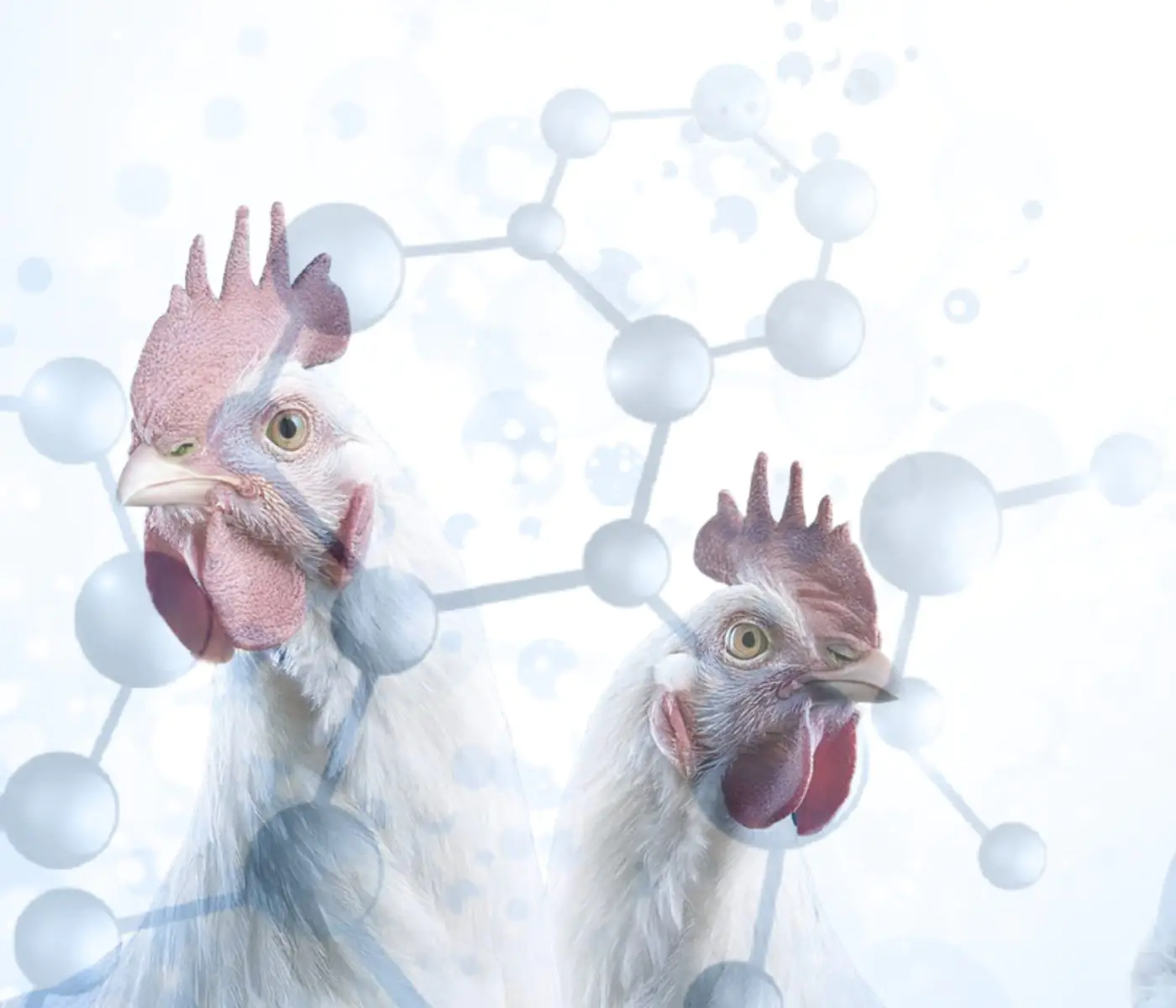
The Use of Organic Acids in Poultry: A Natural Path to Health and Productivity
M. Naeem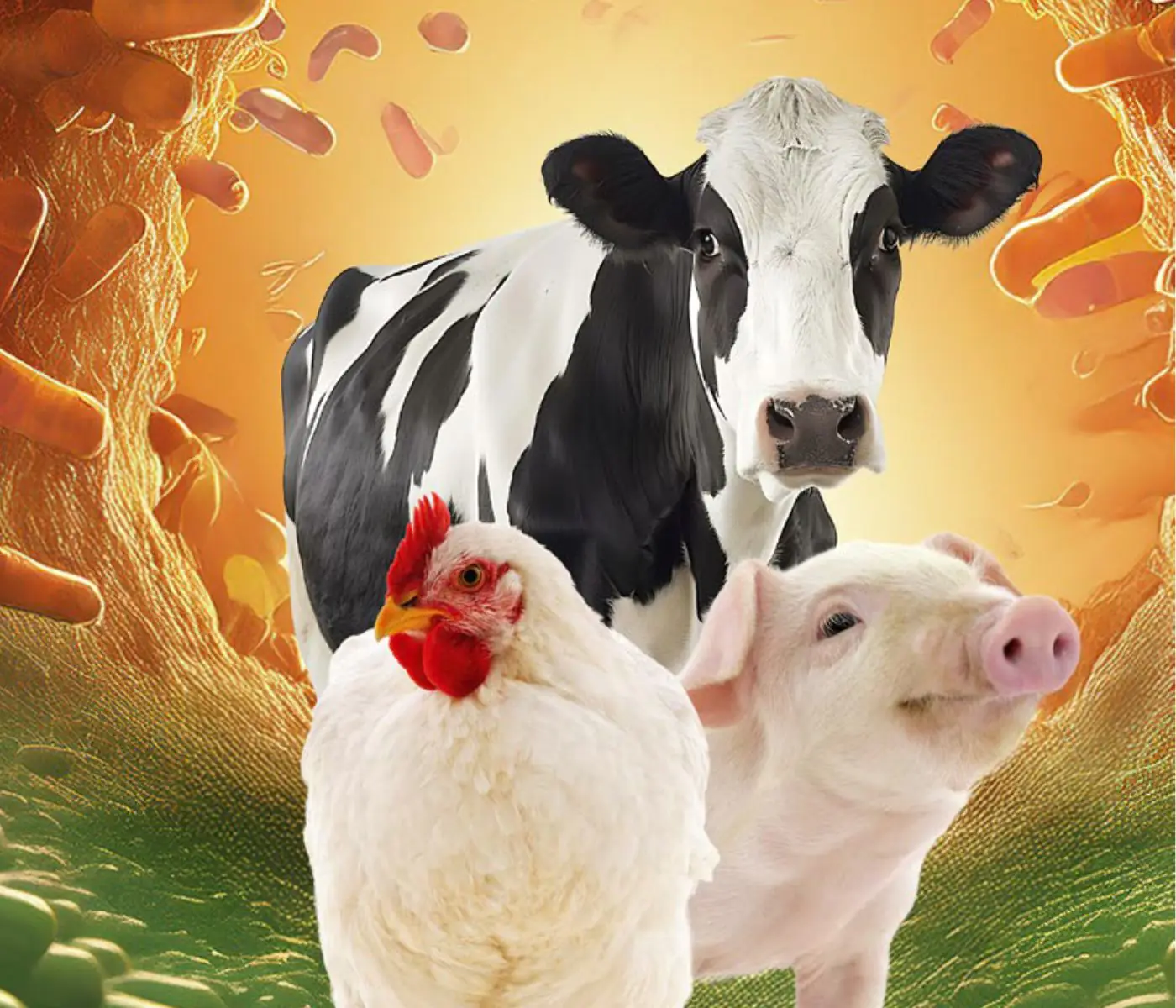
Synergistic Benefits of Prebiotics and Probiotics in Poultry, Swine, and Cattle
Gustavo Adolfo Quintana-Ospina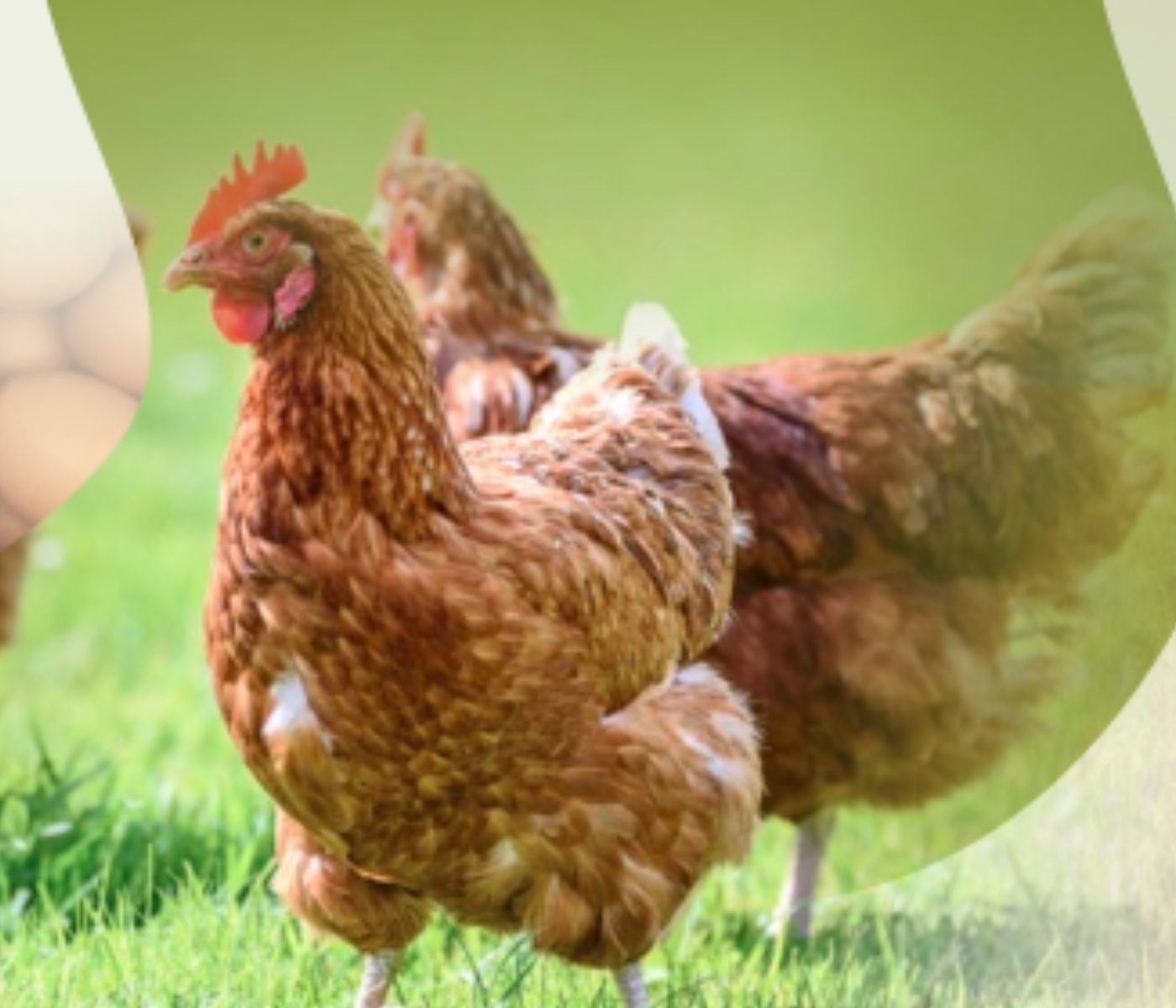
Hybrid Rye Potential in Laying Hen Feed Rations
Gwendolyn Jones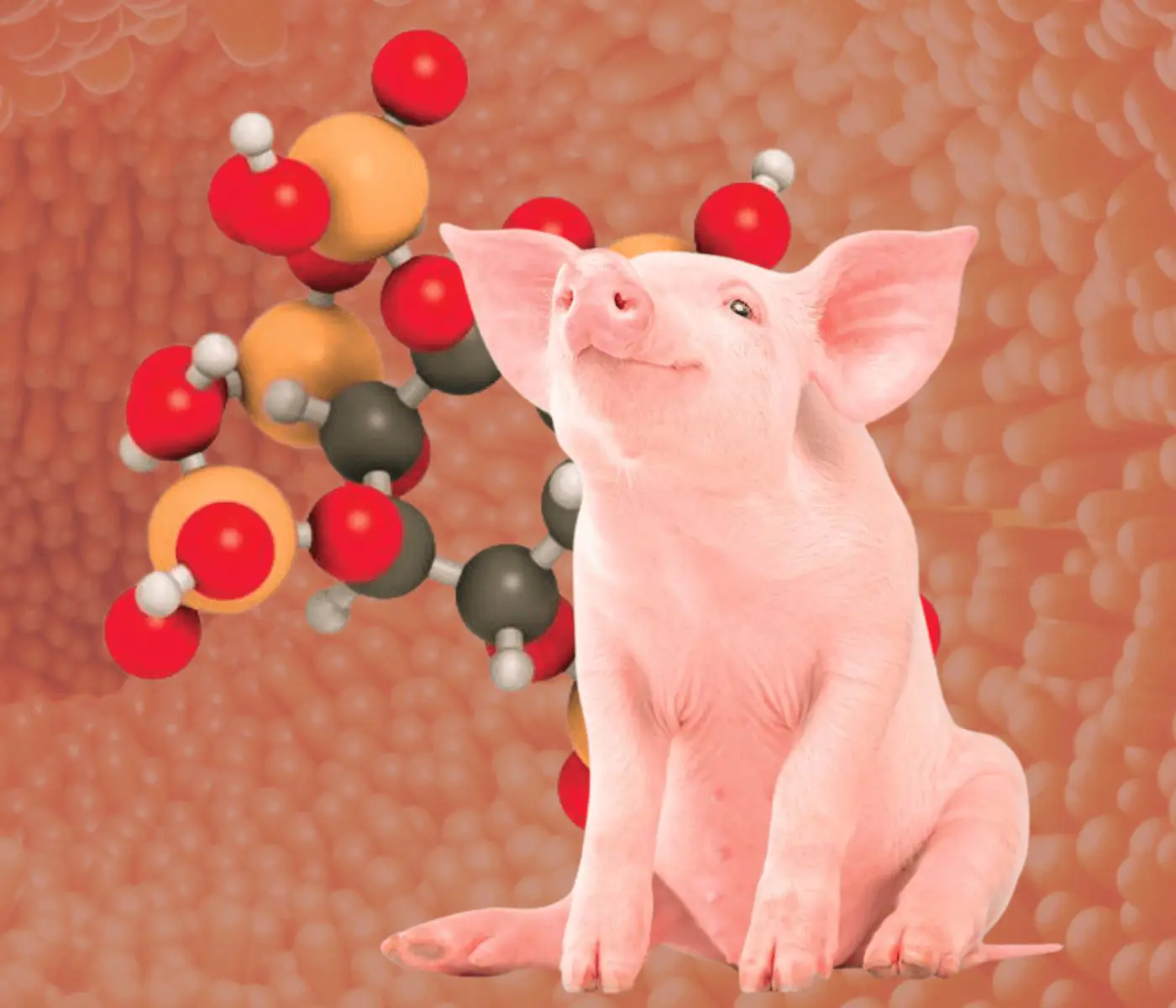
A day in the life of phosphorus in pigs: Part I
Rafael Duran Giménez-Rico
Use of enzymes in diets for ruminants
Braulio de la Calle Campos
Minerals and Hoof Health in the Pregnant Sow
Juan Gabriel Espino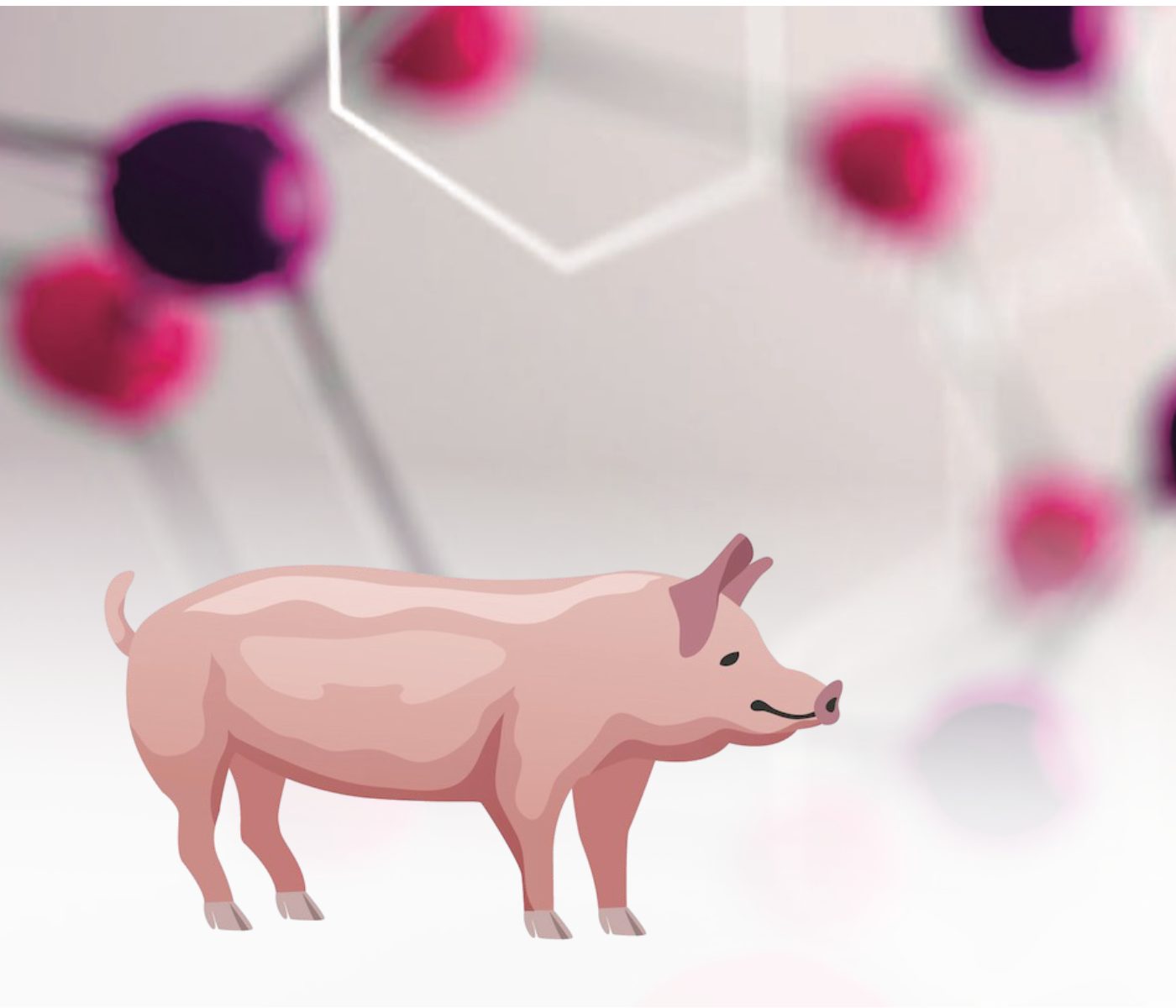
Impact of Oxidized Fats on Swine Reproduction and Offspring
Maria Alejandra Perez Alvarado